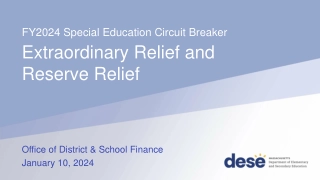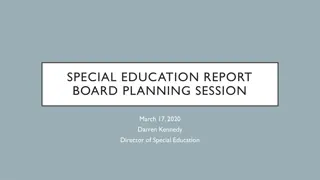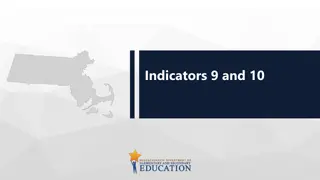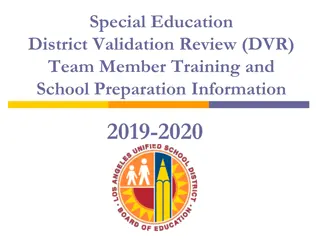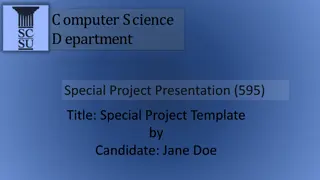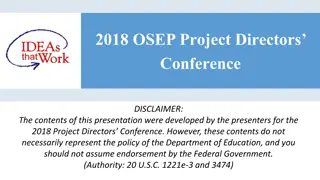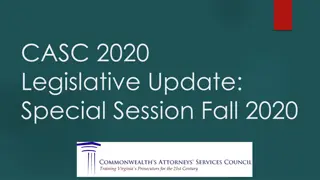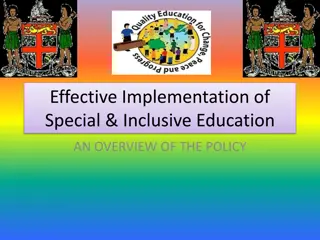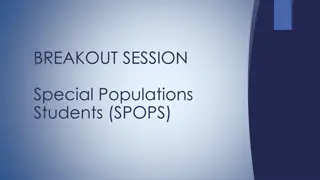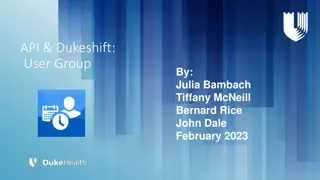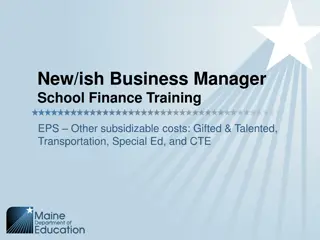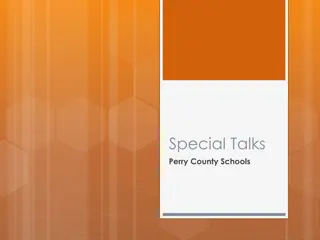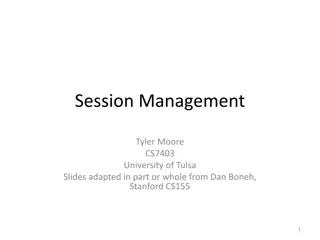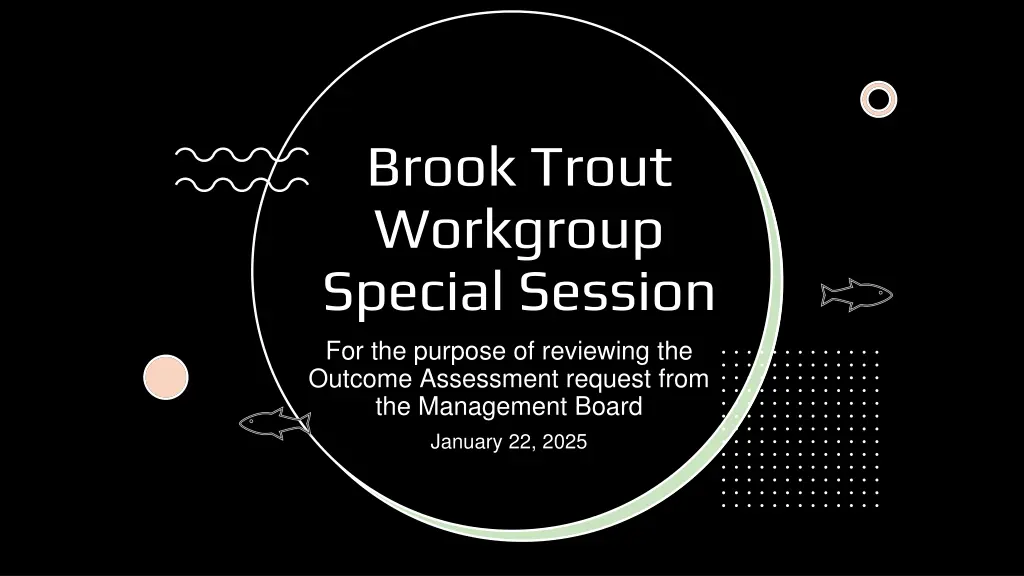
Understanding Logic Models for Outcome Assessment
Explore the concept of logic models for assessing outcomes, distinguishing outputs from outcomes, and measuring the long-term effects of programs and activities. Learn how to present and share relationships among program resources, planned activities, and desired changes or results.
Download Presentation

Please find below an Image/Link to download the presentation.
The content on the website is provided AS IS for your information and personal use only. It may not be sold, licensed, or shared on other websites without obtaining consent from the author. If you encounter any issues during the download, it is possible that the publisher has removed the file from their server.
You are allowed to download the files provided on this website for personal or commercial use, subject to the condition that they are used lawfully. All files are the property of their respective owners.
The content on the website is provided AS IS for your information and personal use only. It may not be sold, licensed, or shared on other websites without obtaining consent from the author.
E N D
Presentation Transcript
Brook Trout Workgroup Special Session For the purpose of reviewing the Outcome Assessment request from the Management Board January 22, 2025
Draft Outcome Review Process MB meeting on Second round GIT responses Finalize outcome assessment. Outcome consideration by PSC MB meeting. Refine and approve process MB Meeting. Further discussion of Outcome 13 Feb. 13 Mar. 10 Apr. June Jan 16 27 Feb. 27 Mar. May MB meeting on First round GIT responses MB meeting on Third round GIT responses MB Meeting. Further discussion of Outcome Public Consideration STAR and STAC meetings to discuss connections and collaboration. Outcome Workgroup meetings and Office hours.
Big Question: What advice do you have for the Management Board on how to consolidate, reduce, update, remove, replace or add new outcomes within your GIT? (More discussion to follow as part of this meeting)
Logic Model format (modified from Kellogg Foundation) A logic model is a systematic and visual way to present and share your understanding of the relationships among the resources you have to operate your program, the activities you plan, and the changes or results you hope to achieve. Baseline What is the condition of the things we care about? :Stressors In order of importance what are the stressors and causes of stressors and where are they most prevalent? Resources/Inputs In order toaccomplish our set of activities we will need the following Activities (Inputs) In order to address our problems or asset we will accomplish the following activities Outputs We expect that once accomplished these activities will produce the following evidence or service delivery. Short Term Outcomes We expect that if accomplished these activities will lead to the following changes in 1-5 years Long Term Outcomes - Impacts We expect that if accomplished these activities will lead to the following changes in 6+ years Indicator(s) Indicator(s) Indicator(s) Indicator(s) Indicator(s) Indicator(s) Indicator(s) Data Source(s) Data Source(s) Data Source(s) Data Source(s) Data Source(s) Data Source(s) Data Source(s) Use data to construct indicators
The main difference between an output and an outcome is that an output is what is produced or accomplished, while an outcome is the effect of that output on the desired result. Drives Inputs, Outputs and Outcomes More complex Long term effects of outputs Measurabl e More tangible Outputs Outcome Goals Outputs The tangible or observable results of an action, project, or process (i.e. Inputs/activities). Outputs are more immediate deliverables that can be measured and assessed. Outcomes answer the question So what? Outcomes Outcomes are the results of the Inputs/activities and Outputs that help achieve the desired result. Outcomes measure the long-term effects of a process, task or activity, such as a change in the environment or in people's behavior. Outcomes are often more complex and more difficult to measure than outputs, and can take a long time to manifest. Measures can be qualitative and overall trends.
Guidelines: You do not have to answer all these questions, but the first two are necessary. 1. In reviewing your outcome, provide advice to the Management Board on whether "to consolidate, reduce, update, remove, replace or add new outcomes". a. Don t need to provide updated Outcome language at this point in the process. b. If consolidation is recommended, which outcome(s) do you advise combining with? c. Should the outcome be moved or restructured? 2. Consider if the Outcome is SMART, and specifically, whether the current outcome meets the definition of an outcome, as described in the 2014 Chesapeake Bay Watershed Agreement ( Agreement ), or if that outcome is an output or indicator. a. Review ERG s Beyond 2025 Report for existing assessment of Specific, Measurement, and Timebound. b. Consider the Secret Sauce 3. Consider the challenges to and opportunities for achieving the outcome. You are encouraged to leverage past documentation and learnings from the Strategy Review System process, as well as Charting a Course to 2025 report and Beyond 2025 Small Group recommendations as they pertain to the outcome. 4. Consider how the outcome relates or could relate to the Bay Agreement mission, vision, and themes/pillars Big Question: What advice do you have for the Management Board on how to consolidate, reduce, update, remove, replace or add new outcomes within your GIT?
Guidelines: You do not have to answer all these questions, but the first two are necessary. 5. Consider the timescale for completing the outcome (5, 10, 15 years). Determine if achieving the outcome is an incremental step or is it a final outcome. 6. Consider resource needs and availability (high, medium, low). 7. Consider the risk or unintended consequences of removing the Outcome. 8. What value is added by having the Chesapeake Bay Program work on the outcome? 9. Consider how the Outcome, as written, benefits the public. Does the outcome reflect public input already received and have the potential to galvanize public support/engagement? 10.We will provide links to the supplemental information, including: a. 2014 Chesapeake Bay Watershed Agreement b. Secret Sauce c. Beyond 2025 Recommendations d. Charting a Course to 2025 report Big Question: What advice do you have for the Management Board on how to consolidate, reduce, update, remove, replace or add new outcomes within your GIT?
The secret sauce of a good outcome Excerpt from Retrospective on Lessons Learned from the Chesapeake Bay Program Strategy Review System s 3rd Cycle with Suggested Adaptations to Address the Issues A good outcome is: (Secret Sauce) Clear in its objective Measurable Has a monitoring program that supports and reinforces the outcome Has partner commitment Resources identified and/or available to support the efforts necessary to achieve the outcome. Centering the work on benefits to people and living resources, not solely water quality.
Brook Trout Workgroup Logic Model Example Inputs Outputs Outcome Remove physical barriers to brook trout migration to increase occupancy Identify priority barriers in collaboration with the fish passage workgroup, DOTs, etc. UPDATE Occupancy: Restore and sustain naturally reproducing brook trout populations in Chesapeake Bay headwater streams, with an XX percent increase in occupied habitat by 2035. Prioritize streams for AMD remediation Improve stream pH/water quality Reduce surface runoff temperatures from ponds Identify ponds discharging warm water into brook trout streams ADD Abundance: Maintain or increase the abundance trend of adult fish in 50% or more of stronghold (or sentinel???) populations by 2035. Stock native brook trout Propagate native brook trout Increased forest cover Plant Riparian Buffers Decrease 6ppdq concentration in stormwater runoff Research effects of 6ppdq on population health Increase conserved lands within brook trout patches Identify priority parcels in brook trout patches for conservation (acquisition or easement) ADD Resiliency: Increase Ne above 50 in XX populations by 2035. Improved habitat suitability index, and or IBI scores Identify brook trout streams where instream habitat improvements are needed (e.g. woody debris, pools, bank stabilization) Monitor sentinel brook trout populations to generate long-term trend analyses Connect XX number stream miles in stronghold populations by 2035. Survey state biologists to identify sentinel streams for long-term monitoring Increase forest cover within riparian buffers above 75% in XX number patches by 2035. Remove nonnative trout from sympatric populations Identify streams where competition with nonnative trout may be impacting brook trout Increase land enrolled in conservation easements by 20% by 2035.

